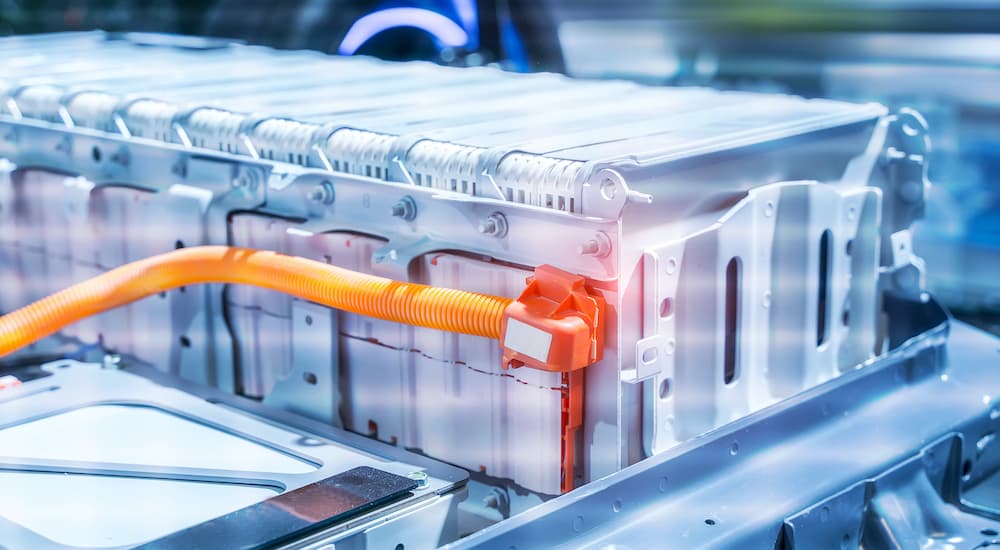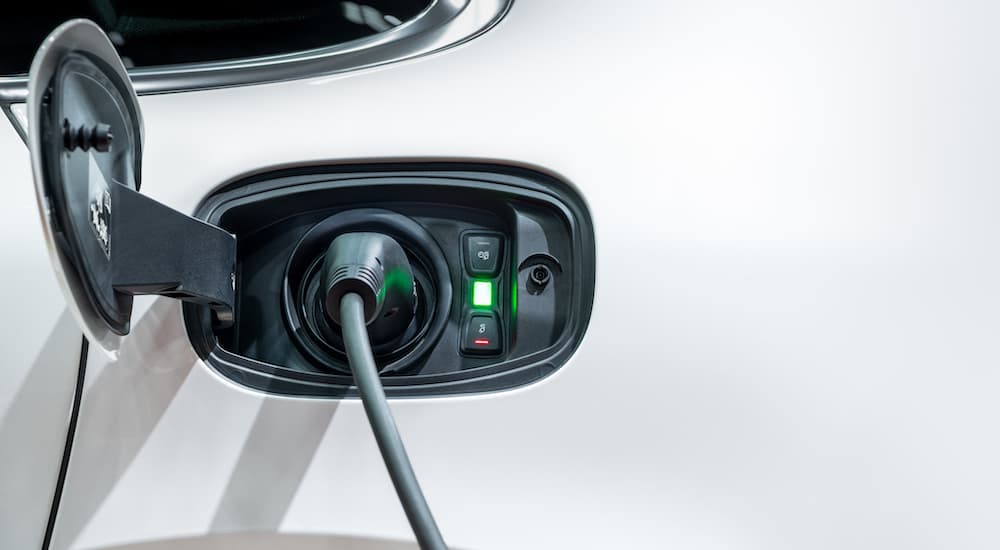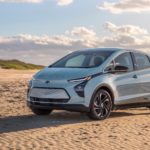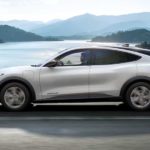GM is hopping on the electric train (or truck, in this case) and wants everybody to go with them. In fact, they’ve put out a series of lively and catchy commercials as a part of their #EVerybodyIn campaign, showcasing how their plans to go electric include vehicles for everyone from ranchers to families to delivery companies. GM has been quite vocal about their dedication to being a part of the zero-emissions solution rather than being a part of the problem. So, they are dedicating an impressive amount of time, focus, and money on a new electric vehicle future. Owners and operators of businesses that rely on commercial trucks and want to build a greener future should look up “Commercial vehicle dealer near me” when they’re ready to see what GM has to offer.
They’ll have a lot to offer soon, too, according to some of their publicized plans. GM announced that they will spend $35 million more than originally planned on the rapid launch of their EVs. This push for the EV vision should be complete by 2025, says GM.
The company is making admirable sacrifices as well: they’re setting their sights on long-term sustainability over short-term profits—something other mega-companies should consider following suit on. They’ve stated that they understand it will take some time to turn a profit on their new line of electric vehicles. But, the investment will likely pay off. One big focus of GM EVs will be on technology that’s applicable across multiple types of vehicles—and even, hopefully, useful outside of the automotive industry.
First Steps
As of now, GM reports that they’ll release 30 all-new electric vehicles by 2025, the majority of which will be available in North America. The first commercial electric vehicle they released was the BrightDrop EV600. GM teamed up with another company that is prioritizing sustainability and going all-electric: FedEx.
The delivery company became the first recipient of a batch of five BrightDrop EV600s. That small group was part of the first 500 GM built. FedEx’s delivery fleet numbered over 87,000 in 2021 and a FedEx driver makes an average of 75 to 125 package deliveries per day. So, this collaboration between the two great American companies can be an important indicator to other national brands: get behind the zero-emissions plan. Next time FedEx pulls up outside of your home, you might get to see one of these spiffy new vans.
So who is next in line to receive GM’s innovative and optimized commercial vehicles? GM announced that by 2023 they will add a second electric delivery truck to their fleet, a medium-sized EV410, and they’ll provide Verizon Communications with one of the first batches. GM did not disclose the size of the order from Verizon, but one can guess it is impressive just based on Verizon’s sheer size. With a vehicle fleet of over 24,000 cars, Verizon Communications is an excellent addition to the #EVerybodyIn movement, and can widely showcase the power of going electric.
The EV410 is made for companies needing smaller vehicles that operate in spaces such as groceries and telecommunications. With grocery and parcel delivery estimated to grow by $850 billion by 2025, electric vehicles in these markets appear to be a worthy investment by GM. Whomever you get your supplies from, they might pull up in one of GM’s new electric vehicles sooner than you think.
Weighing the Costs
Those fearing GM is taking a large financial risk will likely be disproven. GM already has a long waiting list of commercial companies waiting to receive their electric commercial vehicles. GM estimates that most companies could see thousands in savings annually by switching from diesel engines to battery-powered cars. Doing something good for the planet is certainly a bonus, but several large companies are also seeing the long-term financial upside of supporting the zero-emissions vision.
Even Amazon and UPS have publicly promised to transition their vehicle fleets from diesel-engine to electric vehicles. It seems the world is behind this movement and GM is leading the way.
The Ultium Platform
The superstar behind all of the electric vehicles that GM will be releasing is the Ultium platform. You can see it in all of GM’s new commercials surrounding its EV plans. This electric vehicle platform uses flexible battery architecture that’s compatible with a large range of electric vehicles, from light-use to heavy-duty—or even commercial cars. Part of what makes the platform so efficient is that it enables a close to 50/50 weight distribution of the vehicle that sits atop it. The Ultium platform also creates a lower center of gravity, for a driving experience that is powerful yet efficient.
Here’s a bit more that we know about Ultium. An Ultium battery can go for over 300 miles on a full charge and can go from zero to 60 mph in as little as three seconds. While previous technology pertaining to electric vehicles had a reputation for lacking power, Ultium batteries break through that stereotype. An Ultium battery boasts energy ranges between 50 to over 200 kWh, and the platform accommodates front-wheel, rear-wheel, and all-wheel drive. GM developers are excited to continue building on this technology and, due to its flexible nature, that ambition seems within reach.
So with all of these plans to expand their vehicle fleets and technology behind them, where will GM dedicate production to these mass EV orders? Currently, the two major GM manufacturing plants are Factory Zero, the company’s first dedicated electric vehicle assembly plant that straddles Detroit and Hamtramck, Michigan, and the Orion plant in the Orion Township of Michigan. GM will build a third electric truck factory to supplement its existing plants.
In early 2022, they announced plans to spend $7 billion on an electric battery plant in Michigan to create a long-term foundation for creating EV vehicles. The plant will create 4,000 jobs and the state of Michigan is offering GM $824 million in economic incentives to carry the project through.
Fear has struck the hearts of Americans regarding the sustainability and zero-emissions conversation: What about jobs? So much of the US job economy relies on factories that are anything but on the zero-emissions plan. Still, Americans need a paycheck. GM is demonstrating that going green doesn’t have to mean eliminating jobs. The new Michigan plant is a joint effort between GM and LG Electric and will sit on the lot of an existing plant.
GM has additional sustainable tricks up their sleeves. Alongside creating the Ultium platform, plans for new plants, and beyond, the company is doing something surprising. GM is teaming up with electric truck conversion company Lightning eMotors to take Class 3 – Class 6 medium-duty commercial vehicles (think ambulances, school buses, and delivery vans) and turn them into battery electric vehicles. Lightning eMotors will get to call itself the first GM Specialty Vehicle Manufacturer to churn out all-electric vehicles in this class.
A Hint of What’s to Come
These are just some of GM’s plans to continue to tailor their processes and efforts toward a greener future. Though there has long been financial trepidation around cutting back on emissions, GM is proving that there is in fact a lot to be gained by moving in that direction. Having a mega company like General Motors take the lead in the green sphere is an inspirational signal to others to do the same. With their massive spending in the EV space, new plants, and new technologies, they’re creating rather than eliminating jobs and setting the world of commercial vehicles up for a brighter future.
The question is how long it will take for businesses to update their fleets and stake their success on commercial EVs. Thankfully, current offerings like the EV410 reinforce GM’s commitment to affordable vehicles that get the job done. As their EV lineup diversifies, GM may very well become the go-to for deliveries, utilities, and other commercial services.






